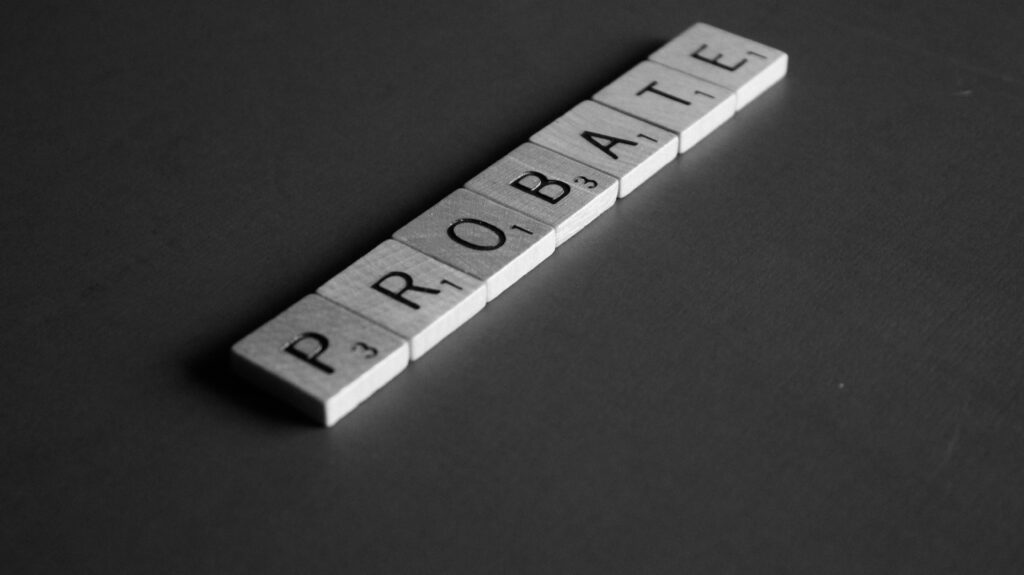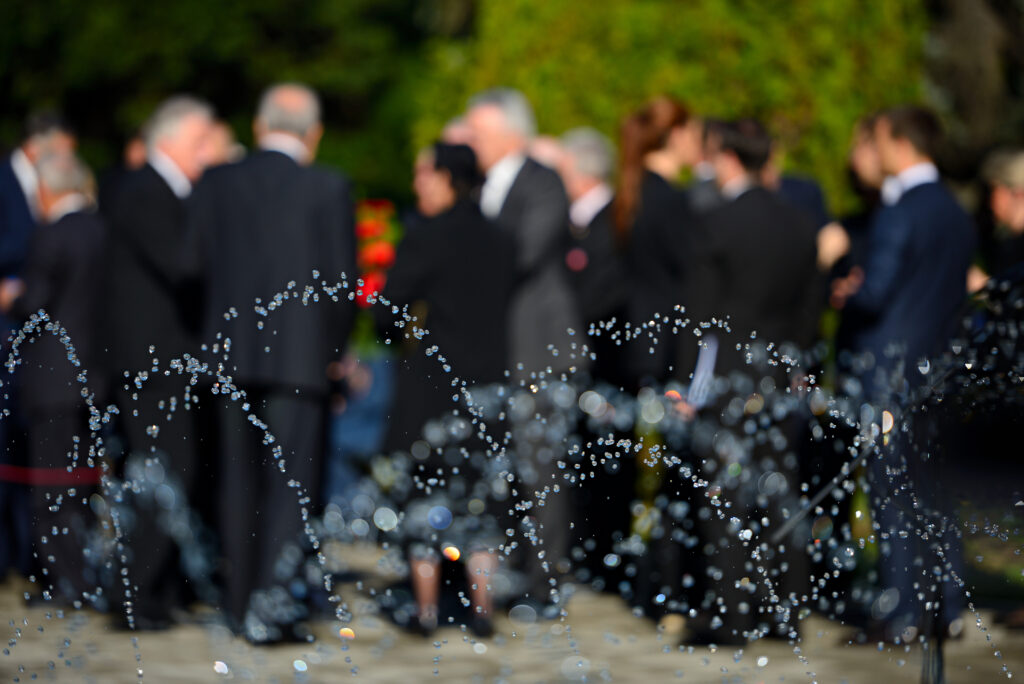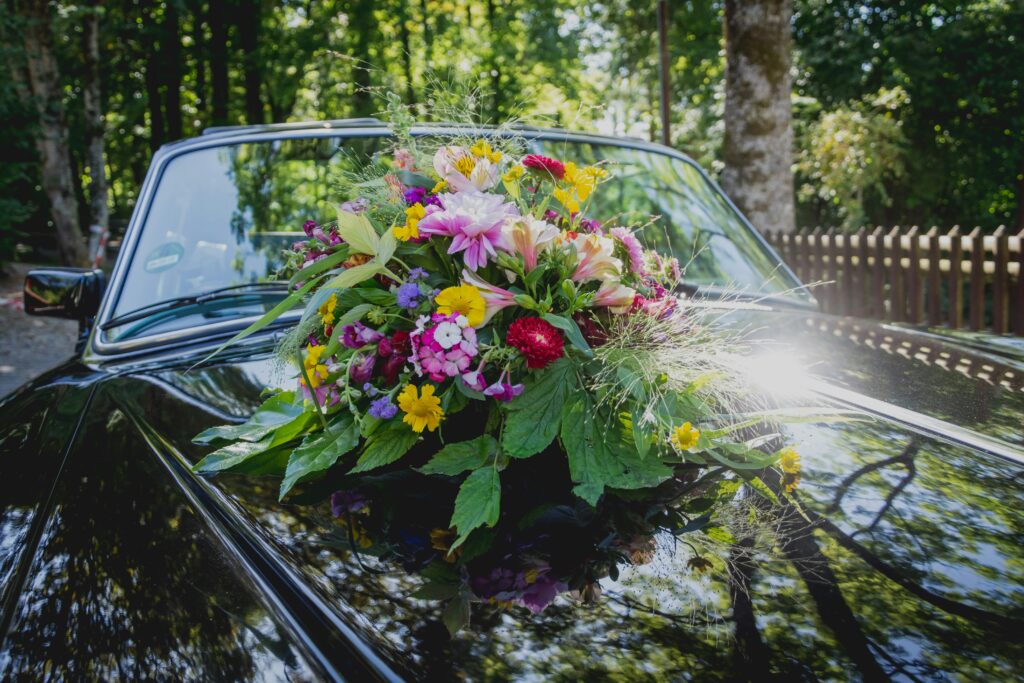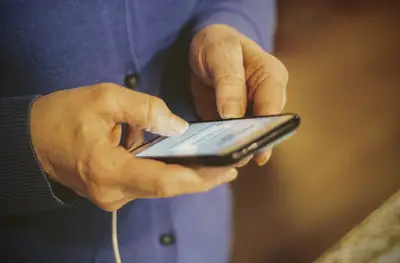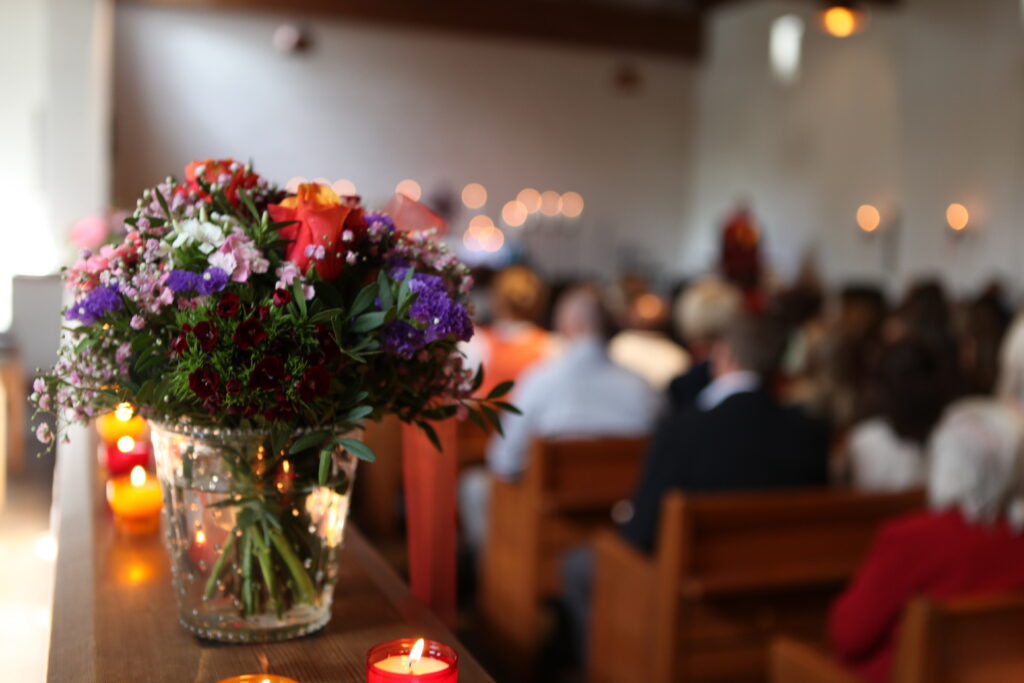Buddhist funeral traditions
The cycle of Samsara can be escaped from by good actions (karma). Through these actions, Buddhists hope to gain enlightenment; commonly known as reaching Nirvana.
Family, friends and others support both before and after death peacefully and calmly, hoping that the deceased person will achieve the best possible rebirth.
As Buddha himself was cremated, many Buddhists will prefer to be cremated. Natural burials (which are environmentally friendly) are also growing in popularity, with Buddhist funeral rites followed. Embalming is accepted, as are organ donation and donating to medical science.
Other Buddhist funeral customs are influenced by location, ethnicity and cultural traditions. Theravada Buddhists believe reincarnation happens straight after death, while Mahayana Buddhists think it can take up to 7 weeks. There are several differences to what happens after someone dies that arise from these different time frames.
The Buddhist funeral service and etiquette
Because of the variety in Buddhist schools of thought, there is no set format that Buddhist funerals follow. They range from ritualistic and formal to more simple affairs. The service itself can occur before or after the cremation or burial and the number of mourners can vary as much as the size of the venue.
On the morning of the funeral service, the funeral rites will traditionally be conducted. These are led by monks, and consist largely of chanting.
Typically, the venue is decorated, candles and incense will be burning and a portrait of the deceased person will be displayed in front of the coffin???. Monks may preside over the service, delivering a sermon, eulogies and chanting. In their absence, friends, family or other members of the Buddhist community may conduct proceedings.
The family may wear white or cover their clothing with a traditional white cloth, and mourners can offer fruit, and white or yellow flowers.
On arriving at the venue, often a monastery, mourners should approach the altar and bow lightly with hands in a prayer position. It is also customary for everyone else to rise when monks stand and monks will usually be seated in higher seats.
What to wear to a Buddhist funeral?
While the family will often be dressed in white, mourners are asked to wear dark clothing. Red is frowned upon, for both dress and flowers as the colour represents happiness and joy in Buddhism.
Mourners may walk with sticks, signifying support needed from their grief.
What happens after a Buddhist funeral?
Whether there is a reception after a Buddhist funeral service depends on the traditions of the deceased person and their family.
Similarly depending on beliefs, further services may be held on the 3rd, 7th, 49th and 100th days after death.
These rituals all have the same aim; aiding those practising the faith to attain a positive rebirth, with the eventual hope of becoming free of Samsara, breaking the chain of reincarnation and reaching Nirvana.
